Please visit the Climate Justice Communication and Framing tool to learn more about climate justice messaging.
1. Guiding considerations to integrate climate justice into media messaging
- Prioritise Equity and Inclusion – ensure diverse representation and prioritise the inclusion of marginalised voices, addressing the disproportionate impacts of climate change on communities experiencing complex and intersecting disadvantages.
- Tell Human-Centric Stories – share personal stories and experiences to humanise the climate crisis, focusing on how it affects individuals and communities, especially those on the frontline.
- Talk about climate justice, provide explanations and conceptualise it – use your media platform to inform the public about climate justice, highlighting its importance and the interconnectedness of environmental and social issues.
- Develop your Message, Framing and Language – Use the Climate Justice Communication and Framing tool to develop your message.
- Promote Collective Action – encourage your audience to participate in collective climate justice action, whether through community initiatives, campaigns, or supporting policy changes. Emphasise the power of collective efforts for meaningful change. Find out more in the Climate Justice Advocacy and Campaigns tool.
Example of climate justice media release
Five ways to achieve climate justice | Guardian sustainable business (The Guardian)
Climate groups call for urgent extension as clock ticks down on consultation for key climate bill (Climate Council WA)
Australia must build climate-resilient communities as an issue of justice (Centre for Just Places – Jesuit Social Services)
Integrating Aboriginal health communication principles into climate justice communication
While The Aboriginal Health and the Mainstream News Media Toolkit is a guide designed for journalists reporting on Aboriginal health, it contains valuable information that is also applicable to mainstreaming climate justice in communication. The toolkit covers essential topics such as story angles, visual representation, cultural protocols, and the involvement of Elders, which are crucial for effectively conveying messages about climate-related issues. It addresses important considerations like authority to act as a spokesperson, death and grief, gender, eye contact, silence, and the importance of seeking help. Developed through the Aboriginal Health Communication project in Western Australia, the toolkit incorporates insights from Aboriginal and Torres Strait Islander health and media professionals. Additionally, a companion toolkit has been created for Aboriginal and Torres Strait Islander health professionals, offering guidance on engaging with the media.
2. Read more
In this Amnesty activism development series module, “How to engage with media”, you can learn how their movement strategically collaborates with the media to find the best ways and outlets to convey their message to the community. You can also discover how to establish connections with local media to support your activism efforts. Additionally, you can acquire essential skills, including crafting impactful media releases.
Checklist for Actions – The Commons Library
Advocacy Toolkit – WACOSS provides more advice about drafting a media release and how to generate interest and engagement.

